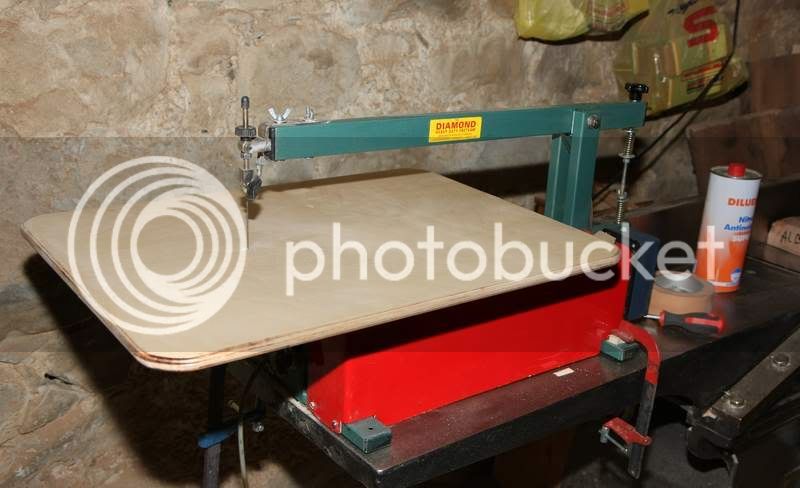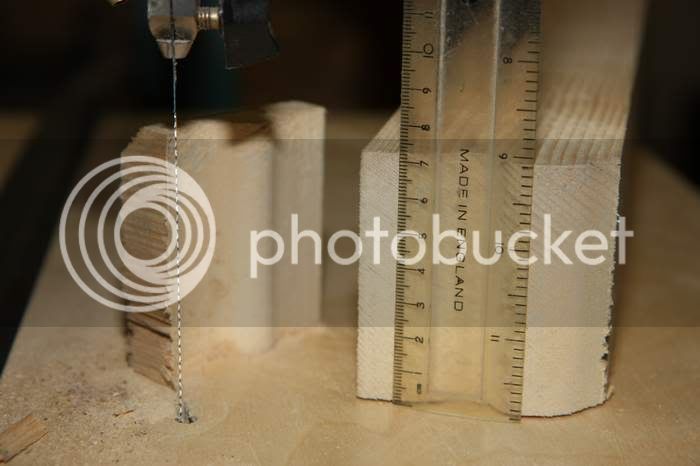AlbertoA
Established Member
Hello, I bought on ebay a Diamond 19 AFS...
It was in relatively good conditions, but some work to do of course. Primarily paint job, removing most of the old paint and rust, the nickel plating and some overal "mechanics cleaning", changin bearings, I still have to take a look at the electric part (it's all too tight in the switch box!)...
Now I am re-assembling everyting, but the upper arm is "loose". It was so when it came, but although strange I thought it might run true, but now when mounting everything it is evident that is has a bad side movement. You can see ellypses of the shiny parts moving instead of straight lines.
What do you think I can do? The "U" arms that are holding the arms are not "tight", so the arm is freely moving.
I don't know if the hole in the arms had to be 100% tight or the side to side block is something that should be done in a different way. My idea was to place a 2 0,8mm thick teflon strips between the U support and the upper arm. Any idea?
Here a re a couple of pictures of the paint work now and partially reassembled... Maybe not the original colour but a nice British Green!


So, do you think a couple of teflon plates would solve the problem? Or I would need to rework on the bores?
Thanks,
Alberto
It was in relatively good conditions, but some work to do of course. Primarily paint job, removing most of the old paint and rust, the nickel plating and some overal "mechanics cleaning", changin bearings, I still have to take a look at the electric part (it's all too tight in the switch box!)...
Now I am re-assembling everyting, but the upper arm is "loose". It was so when it came, but although strange I thought it might run true, but now when mounting everything it is evident that is has a bad side movement. You can see ellypses of the shiny parts moving instead of straight lines.
What do you think I can do? The "U" arms that are holding the arms are not "tight", so the arm is freely moving.
I don't know if the hole in the arms had to be 100% tight or the side to side block is something that should be done in a different way. My idea was to place a 2 0,8mm thick teflon strips between the U support and the upper arm. Any idea?
Here a re a couple of pictures of the paint work now and partially reassembled... Maybe not the original colour but a nice British Green!


So, do you think a couple of teflon plates would solve the problem? Or I would need to rework on the bores?
Thanks,
Alberto






